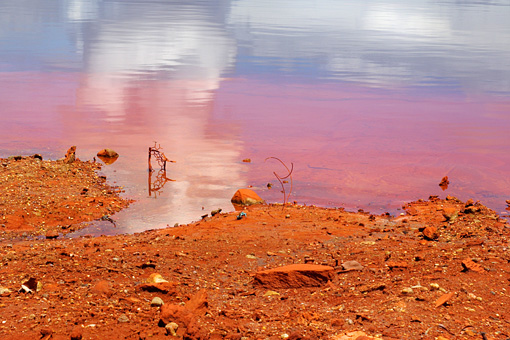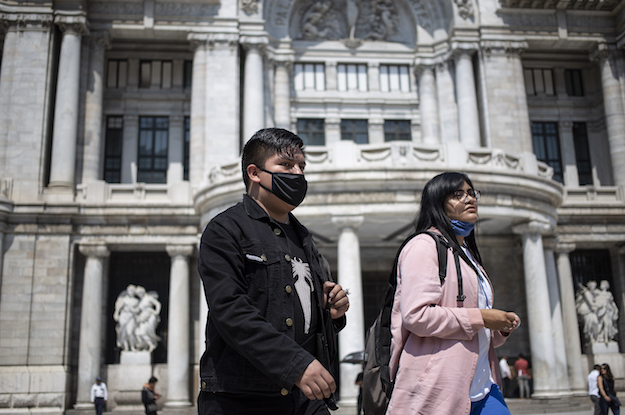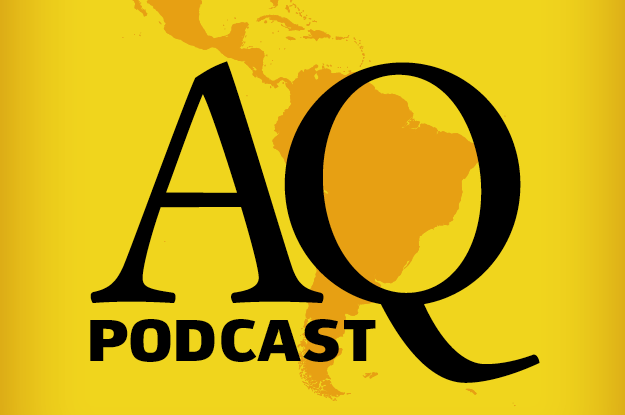“El Bote” is a fitting name for a large, now-defunct landfill in the community of Cambalache, along the Orinoco River in Puerto Ordaz, Venezuela. The Indigenous people known as the Warao rely on El Bote—often translated as “the can” or “throw away”—for their livelihood.
The Warao once lived far up the Amazon River, but years ago, they started exploring down the delta and came across El Bote, a week’s journey by canoe from their native villages. The Warao began to make the trip regularly due to the discarded cloth that they discovered at the landfill—a much more convenient alternative to making their own fabric. Though known to be a very isolated, resourceful and self-sustaining group, the community’s perspective broadened after the discovery of the landfill.
View a slideshow of El Bote below.
All photos courtesy of the author.
Until now, hundreds of Warao people migrated to the landfill and relocated their families there to take advantage of El Bote’s resources. While waste pickers typically collect things that they can recycle for money, the Warao tend to keep what they find and re-purpose it to benefit their homes and community. For example, a refrigerator can be used as a closet to store things.
Before this particular Warao group came to El Bote, a local group called the Cirquo, from a nearby city, informally claimed the landfill. The Warao said that the Cirquo were aggressive towards them, so they plotted their land further away. For this reason, the Warao gathered together in the early morning and boarded a truck to drive to the landfill to work all day. When they returned home with their new treasures, they bathed together in the river before dinner.
Since El Bote closed in 2013, life has gotten harder for the Warao. The Venezuelan government began to restrict access to El Bote around 2010, when the landfill had already far surpassed its safe capacity. Another challenge is the nearby enormous “red mud” lake near the landfill in Puerto Ordaz, an industrial city that produces a large amount of aluminum. Red mud is an extremely toxic material that is a byproduct of the aluminum production process. Aluminum-producing factories have diluted the lake with water in an attempt to control the pollution, but the lake is now so large that it can easily be spotted on Google Maps. It may now be contaminating the Orinoco River.
Due to their difficult life, the Warao children I photographed in August 2012 showed signs of malnutrition, suffering from missing hair, runny noses and congestion, and various skin infections. Now that El Bote is closed and trash is being re-directed to a new landfill in El Pinar, the Warao have been left to decide if their next path is to migrate to another landfill, or remain settled where they are.
To view more photography from El Bote landfill, click here.








